Survival Situations - Jungle
Jungles are unique locations that house half the world's plants and animals. It's an intriguing place to learn about but not so much fun to be trapped in. Even though they only cover two percent of the earth's surface, when you're inside them, it's incredibly dense and difficult to navigate.
What You Need
Whether you're on an adventure or just plain unlucky, there are certain things you need to include in your jungle survival kit to keep you alive and make your stay easier.

Food
You may be able to go days without food, but trekking through the jungle is strenuous and requires a lot of energy. Because of this, you need to have at least a few basic rations in your survival kit. A few protein bars, emergency rations, and other high-energy, non-perishable foods will help keep you going.
Insulation
My favorite way to describe the jungle is soggy. Whether it's hot and humid or cold and dreary, you need to prepare for both. The average temperature of the Amazon Rainforest is generally between 66 and 77 degrees Fahrenheit. Even though that may sound warm, you can still risk hypothermia, especially if wet. To prevent this, you need to dress appropriately. Clothes made from cotton tend to absorb water, so going with another material, a mix of cotton and other materials will be the best choice. In addition, waterproof windbreakers, extra layers, hats, and hand warmers will help keep you warm and protected from the elements.
Insulation won't only protect you from the elements but from the local creepy crawlies as well. Mosquitoes, in particular, thrive in rainforests and will not hesitate to eat you alive. Wearing long-sleeved shirts and full-length pants will protect the majority of your body from becoming a bug's snack.
Light & Fire
Have you ever shuffled through the dark and stubbed your toe? Imagine that but in the middle of nowhere with the risk of tripping off a cliff. And yes, there are indeed cliffs in jungles. That's the risk you're taking when you don’t have the foresight to pack a flashlight. Flashlights will allow you to navigate/continue working in the dark and as a means of signaling for help. I highly recommend picking up a good-quality headlamp so you can work hands-free at night if necessary.
In case you weren't sold on its uses, fire is instrumental to your survival. It can keep you warm, provide light, cook food, and even deter some (unfortunately not all) animals and bugs from approaching your campsite. Therefore, you should carry at least two means of lighting a fire in your survival kit. Whether you prefer matches, lighters, or fire starters, they all work great! Just try not to rely on a magnifying glass. The sun is about as spotty as cell reception in a tunnel.
Medication & First Aid Supplies
It'd be a little hard to survive without the first aid supplies and meds that will keep you alive. If you have to choose between packing extra gear and first aid, you should always pick the first aid kit. Basic first aid equipment & medication you should include are:
- Aloe vera
- Antifungal cream (as I said, it's soggy here)
- Bandages
- Benadryl (it may help with itchy mosquito bites)
- Blister strips
- Gauze
- Hemostatic gauze
- Hydrocortisone cream
- Ibuprofen
- Pressure bandage
- Skin irritation ointment
- Straightedge (to remove stingers)
- Tourniquet
- Tweezers
- ZZIPS

Miscellaneous Gear
Besides the obvious gear you need to include, there are some other items you should most certainly pack in your survival kit if a jungle is in your future. These items include bug spray, paracord, a plant identification/foraging guide, and a survival guide. We also recommend that you keep your survival gear inside a waterproof dry bag if you'll be anywhere near wet ecosystems.
Orientation
Even if you wander into the jungle on purpose (which may not be the brightest idea you've ever had), it won't take long for you to become hopelessly lost. At the very least, you should keep a compass on you so you can pick a direction and stick to it. If you try and eyeball it, you can easily drift off your intended path without noticing.
Shelter
As mentioned before, the jungle can be wet, cold, and miserable at times in addition to hot and humid at others. Sounds like the worst of both worlds! A reliable shelter will keep the elements out. Portable shelters and shelter building materials you can keep in your survival kit include bivvies, tarps (preferably waterproof), and the ever-so versatile space blankets.
Signaling Devices
While it's not impossible to signal for help without a specific device, having one on hand makes it a hell of a lot easier to do so. And although signaling mirrors are fantastic, it's difficult to aim the reflected light through the dense foliage if you even have access to the sun in the first place. The two devices I'd recommend are whistles and neon caution tape. Whistles will grab the attention of people within earshot. What you do with the caution tape is tear a strip off every few yards, so rescuers have a trail to follow. Even better if you have a marker on hand and can draw an arrow pointing in the direction you've gone. It'd be pretty depressing if someone found your trail and followed it in the wrong direction!
Tools - Multi-tools & a Big Ol' Knife
If you don't know how multi-use multi-tools are in multiple situations (say that

five times fast), you're missing out! Depending on the type of multi-tool, you can have quick access to a small knife, pliers, wire cutter, screwdrivers, can opener, and carabiner.
Having a small knife in your kit is a good start, but you'll be in the jungle, not a nature park. A good knife will help you quickly clear a path, hack apart brush, cut branches, protect yourself, and hunt. You want something small enough to fit seamlessly into your kit but big enough to handle all of the tasks you're going to put it through. A machete might be a little big for practicalities sake, so look around and find what will work best for you.
Water
When it comes to accessible water, there are worse places to be stranded (read: trying to survive in the desert). However, that doesn't mean you shouldn't include water and related resources in your kit. Having pouches of ready-to-drink water is a great choice, but you also need at least one purification method. In the rainforest, access to sunlight may be unreliable, so you shouldn't rely on UV purification. Instead, you can use Lifestraws, Aquatabs, and even a drop or two of bleach to make the water safe for consumption. Be sure to remember a water bottle so you can transport the water you've collected!
How to Get Things You Don’t Already Have
Finding Food
Luckily enough for you, the jungle is teeming with life, and you'll (hopefully) be able to gather all that you need! It likely won't be fast, easy, or anything close to what you'd like, but it'll keep you alive and kicking until you can make it back to civilization.
Fishing
As fun as it would be to fish with explosives, it's highly unlikely that you have TNT floating around. Thankfully, it's relatively easy to fish even with limited resources, and there are multiple methods you can choose from. The four methods we'll be covering are line and hooks, spears, traps, and fish narcotics (yes, you read that right. You may skip ahead if you're curious).
LINE & HOOKS
Fishing with a hook and line is one of the most popular methods in recreational and dire circumstances. And the good news is that almost anything can become a hook with a little ingenuity.
- Bobby pin
- Bone
- Paperclip
- Safety pins
- Soda tab
- Sticks
- Thorns
- Zipper
As long as you have two brain cells you can slam together, you'll be able to come up with something to use as a fishhook! For the line, this is where your paracord comes in handy. The "guts" inside the outer sheath of standard paracord are several strings that can be used for fishing line, tinder, and tying your shelter together. Some specialized paracord has various inner threads ranging from extra flammable filaments, wires, and actual fishing line. If you didn't follow my glorious survival kit list, I'd be hurt, and you'd be sorry. Or maybe a squirrel ran off with your paracord (I can forgive that). In this instance, you can take thin strands of plant matter or bark and begin braiding or twisting the strings to make them stronger and keep them together. It works, but it takes a lot more time and may require some trial and error.

SPEARS
Spears are the easiest to throw together and are great for fishing and feeling like a Spartan (no reason you can't have some fun out here). The simplest spear you can make is grabbing a long stick and sharpening one edge with a knife or rock. However, you may want it to be a bit more intricate to give yourself a fighting chance. For example, adding barbs can make the spear both more effective and help keep the fish on the spear once you've impaled it. Another modification you can make is adding additional prongs. The more prongs there are, the more likely you are to strike it. When attempting to spearfish, keep your shadow off the water as much as possible and keep closer to the ground so your prey won't see you.

TRAPS
The easiest trap you can build just so happens to be one of the smallest. If you have a disposable plastic water bottle on hand, you can cut the top off directly under the neck, replace it inverted, and wedge it in, so it's secure. Put a little bait in the back, and you've got yourself a bite-sized fish trap! You can fry these little suckers or use them as bait for larger fish!
FISH NARCOTICS
Now that you've found this section (if you didn’t skip ahead, I’m impressed), we can talk a liiiiiittle bit about bushcraft and history (no, you may not skip this)! Indigenous tribes across the globe and throughout history have often used various types of poisons to intoxicate, daze, or narcotize fish simply and easily. It generally consists of gathering different plants, crushing them up, and dumping the plant matter into still or slow-running water. Fish that have been stunned will float to the surface, which makes them an easy catch. Likewise, less affected fish swim away from the poison towards the surface, where you could also catch them. Since the types of plants you can use for this method vary by region and can be exceptionally dangerous if mishandled, we're going to go with an easy, not-so-deadly process. This one requires you to burn seashells, snail shells (preferably unoccupied), eggshells, or dead coral over a blazing fire for hours. After a while, the shells will become brittle and easily break down into powder. If you throw this powder into water, it can increase the pH of the water to the point of toxicity. And while it's terrible for fish, they are safe for consumption. Just be careful when handling the lime powder. It can irritate your eyes, mouth, and lungs and dehydrate your skin.
FISHING TIPS
- Don’t eat dead fish you didn’t kill. They may be riddled with sickness and disease
- Fish like shiny things! Attach something shiny (such as buttons, buckles, or wrappers) to your hook or use something reflective to redirect sunlight onto the water
- In hot weather, the fish will be deeper in the water. When it’s cooler, they’ll be in the sunny shallows
- Some fish will be more active during dawn and dusk. Fish at these times
Foraging
A good rule of thumb is don't eat anything you don't recognize. And thankfully, you should be able to find bananas, cashews, coconuts, cucumbers, peanuts, squash, and other foods growing in the jungle. If you do need to try eating something you don't recognize because you're starving to death since fishing didn't work out, use the universal field edibility test. Even if you can't recognize anything in the area, you'll be golden if you have your trusty foraging or plant identification guide. While it's difficult to impart all the knowledge needed to differentiate between edible and poisonous plants, there are some easily identifiable indicators of a toxic plant.
For example, if a plant has the following traits, don't eat it! Or do...You're an adult and can make your own decisions.
- Contact causes rashes, tingling sensation, or redness
- Dull colored leaves
- Shiny or glossy leaves
- Soapy taste (don't put random things in your mouth)
- Strong smell
Hunting
This section talks about hunting two types of creatures: animals and bugs. For animals, you'll want to use traps as much as possible, so you don't waste precious energy trying to track something down, get lost, or stumble across a predator that may find you rather appetizing. A good trap you can use to catch small game is a pitfall trap. Dig a hole at least 3 feet deep with vertical sides in a flat area near vegetation. Just remember, the deeper it is, the harder it is for you and your dinner to get out. Once dug, disguise the opening with leaves, sticks, and other natural materials. Depending on the animal you're trying to catch, bait the trap with fruit, vegetables, or meat. If you want, you can imbed sharp spikes at the bottom to kill or injure the animal when it falls in. Wild animals are wary of humans and the scent they give off. Handle the trap materials minimally or use smoke to disguise your scent.
You can also build a mini version of the previously mentioned pitfall trap for various insects and mini creatures. Most insects are safe to eat and high in protein. However, insects that are hairy, brightly colored, bite or sting, or have a strong odor should not be eaten. You can instead use these guys as fish bait. If you're not going to eat them, let someone else! To make a miniature pitfall trap, grab a small container and place it in a hole that allows the lip of the container to be level with the surrounding ground. Covering or disguising it isn't necessary. Anything that can't escape by jumping, climbing, or flying will be trapped.
What to Do When You've Found Food
A good rule of thumb is if it isn't a fruit or nut, you should cook it. Some animals and insects can carry bacteria, parasites, and other unsavory organisms that are best left uneaten or at least dead. By cooking your food, you'll kill anything that could hurt you while simultaneously making your food easier to digest. If you have a pot, you can stew or sauté yourself a feast. Otherwise, you can roast the food directly over the fire, build yourself a makeshift oven by heating rocks, dropping them in a pit, and covering it and your food with dirt, or cook directly on top of hot stones. Food tends to spoil quickly in this climate, so eat the food you have quickly and don’t try to preserve it.
Setting Up Shelter

If you have a tarp or space blanket on hand, you can use it to craft a simple shelter. However, if you're caught without or want to make something sturdy with your tarp, you'll have to build one the old-fashioned way. The simplest shelter you can create that offers enough protection is an A-frame lean-to. Before construction, you should double-check that the area is safe from natural hazards and clear the debris on the ground to deter critters from making their way into your shelter.
SHELTER MATERIALS
- 2 Forked branches or a tree with a branch the height you want your lean-to
- 1 Branch the length you want your shelter to be
- Enough twigs, sticks, logs, or bamboo to line both sides of your shelter
- Insulating material to cover the shelter (foliage, bark, clay, dirt, animal skins, moss, etc.)
- A tarp (if you have one)
BUILDING YOUR SHELTER
Lean the two forked branches against each other and wedge their ends into the ground. If you are using a tree, skip this step. Take your length branch, lean one end on top of the branch, and drive the other edge into the ground. Line each side of your shelter with your sticks/bamboo. Place them at a steep angle and slanted in one direction if possible. This will make it more waterproof and sturdy. Fill in any gaps with smaller sticks. You can build up the base with dirt or clay to make it more secure and hold everything in place. After you've completed the frame, it's time to insulate. If you have a tarp, lay it over the frame and pin it down with rocks, dirt, or more branches. You will most likely have easy access to foliage (dead or living), bark, clay, and soil in the rainforest. Whatever material you choose, layer it over the branches or tarp, starting at the bottom and moving up. You want to pile it on thickly. If you use large, green leaves, ensure they overlap entirely. Just remember, the more insulation, the better.
Waiting for Water
One good thing about the jungle is that water is pretty abundant. You can drink water caught by leaves, flowing in streams, inside bamboo stalks, out of transpiration bags you've constructed, or you could wait for rain and collect that. Just remember to purify any water you're unsure about with the purification materials in your survival kit (Lifestraws, Aquatabs, etc.) or boil the water for several minutes. While highly unlikely, you don't want to drink a parasite that can burst out of your chest like an alien (regular, earth parasites are a risk, though).
To get water out of bamboo stalks, all you need to do is find a flexible green bamboo tree, cut off the top few inches, bend it over a container, and leave it overnight. If you absolutely have to, you can tie it down so you don't have to hold onto it all night. But where's the fun in that?
A transpiration bag is a fabulous way to squeeze the water out of nature no matter what environment you're in (within reason. Space and the arctic are sadly exceptions)! All you need for this method is a plastic bag, rope, rock, and a green plant you don't mind possibly killing. Throw the bag over the plant, place the stone inside, and tie it all off with the rope. Throughout the day, water will evaporate from the plant. This water is caught by the bag and collects at the bottom where the rock is. Two things to be aware of with this method are that it requires sunlight, and the water will taste like whatever plant you squeeze it out from. But who knows, maybe you'll like the flavor?
Common Dangers
No matter how abundant food and supplies are, the jungle is still a menacing place. You need to be aware of what dangers you may stumble across.
Creatures

Welcome to the jungle, where fifty percent of the world's animals are located, and guess what! All of them are out to get you! However, you need to be especially careful when traversing the jungle. If you're observant and cautious, you should be able to avoid dangerous run-ins with creatures. As long as you don't come off as a danger and avoid apparent threats, you'll be fine! Some obvious hazards to steer clear of are:
- Anacondas & various other snakes
- Caimans (wannabe alligators)
- Jaguars
- Random bugs & insects
- Anything with bright colorings (especially frogs)
- Anything bigger, quicker, or scarier than you are
Illnesses
Between the climate and the mosquitoes, you can effortlessly contract a variety of illnesses and diseases, which gives you one more reason to hightail it outta here.
- Dengue fever
- Malaria
- Trench/immersion foot
- Various water-related ailments
- West Nile virus
- Yellow fever
- A variety of tropical diseases
These ailments can cause complications that will make it harder to survive. To help avoid contracting any of these, do your best to avoid mosquitoes by wearing long sleeves and bug spray, keeping yourself as dry as possible (especially your feet), and keeping yourself healthy.
If you are going to the jungle on purpose, you should get vaccines for Dengue fever, Malaria, Yellow fever, and various other viruses at your local health clinic before you go abroad. It will save you a lot of travel (and even your life) whether you get stranded or not!
Weather

Don't you love biomes that can give you both hyperthermia and hypothermia? Welcome to the jungle, where even the weather's trying to kill you! You need to take special care of the wind and rain. If you're lucky, you'll be stranded during the dry season. At this time, it only rains once a day! During the rainy season, though, you best be prepared for torrential downpours. Stay on higher ground and find shelter. If no cover is readily available, crouch down away from trees if possible. Just because they can shelter you from the wind and rain doesn't mean they'll be able to do anything for lighting. Trees that are struck can conduct the lightning down into the ground and subsequently into you. Additionally, trees can light on fire or decide it wants to play dog pile with you. And being crushed by a tree would be rather anti-climatic.
More Dangers (Because of Course There Are)
Like the saying "there's always a bigger fish," in the jungle, there's always another danger. While you're watching the weather, avoiding critters, and keeping your toes dry, make sure to be mindful of:
- Slippery terrain from the rain
- Poisonous plants (both touching and eating)
- Fallen and falling trees
Navigating Your Way Out

Unless you've decided that jungle life is simpler and more enjoyable than modern society, you most likely want to leave asap. Unless you know how you got here and can backtrack, your best bet is to pick a direction and start walking. It's better than walking in circles or laying down and dying. If you come across a river, you can likely follow it downstream to find civilization.
Finding yourself stranded in the jungle is mortifying, but with rudimentary preparation and supplies, you'll be trotting out of the brush in no time. To further prepare for survival situations, read our other survival blogs and make sure you have a top of the line first aid kit to add to your survival kit!
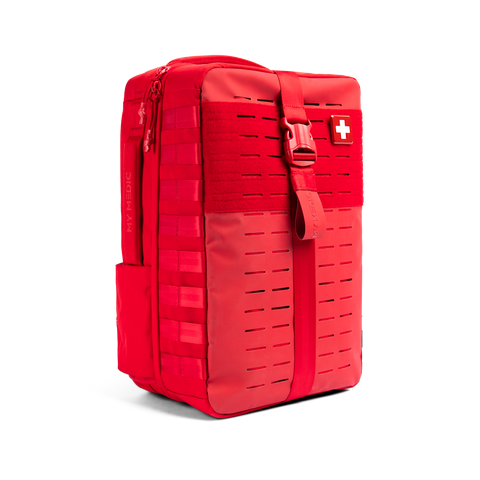 NEW ARRIVALS
NEW ARRIVALS
 BEST SELLERS
BEST SELLERS
 SUPERSKIN™
SUPERSKIN™
 COURSES
COURSES
 REWARDS
REWARDS
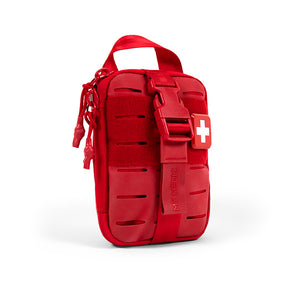 The MyFAK Collection
The MyFAK Collection
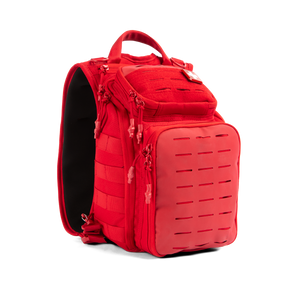 Specialty
Specialty
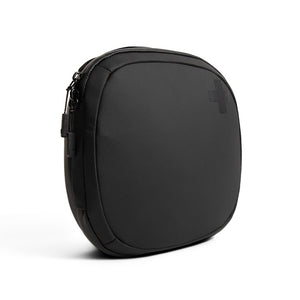 The Ready Collection
The Ready Collection
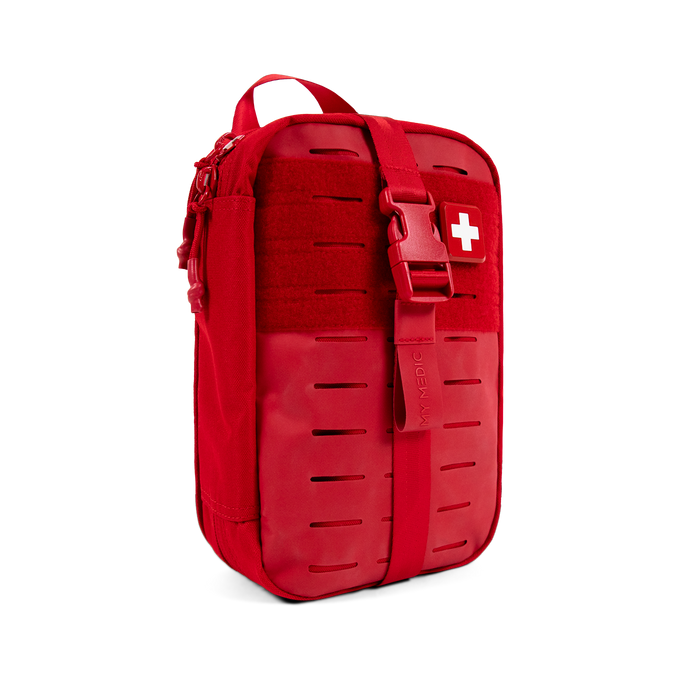
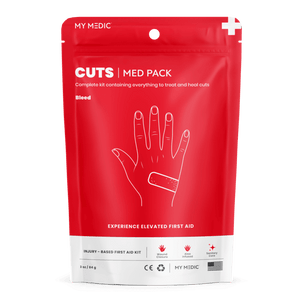 BLEED
BLEED
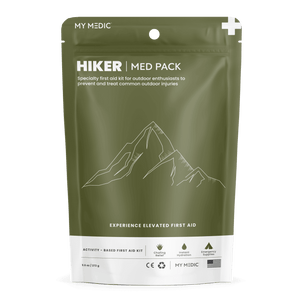 OUTDOOR
OUTDOOR
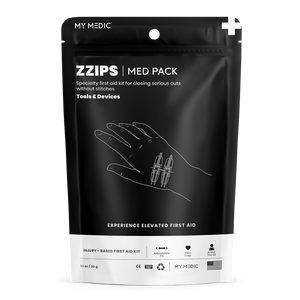 TOOLS & DEVICES
TOOLS & DEVICES
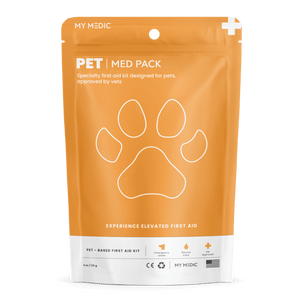 SPECIALTY
SPECIALTY
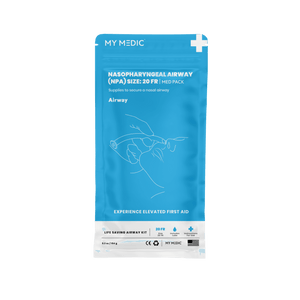 AIRWAY
AIRWAY
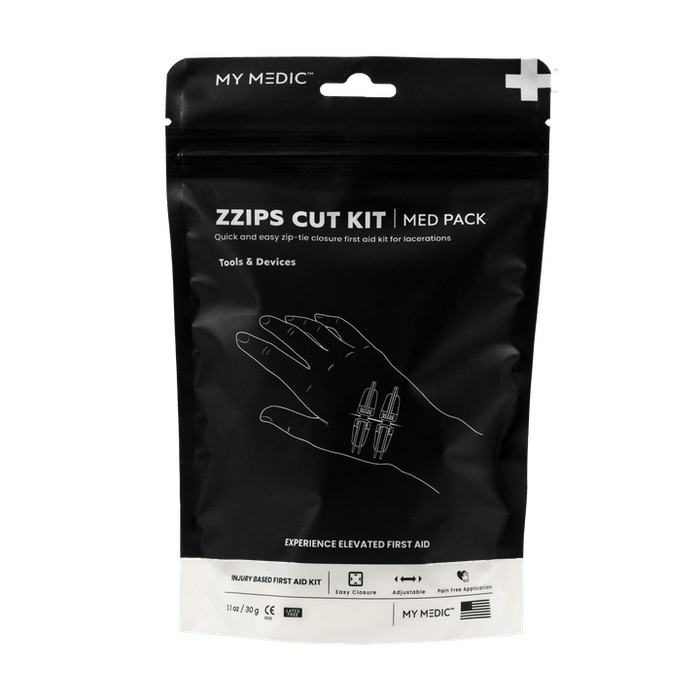
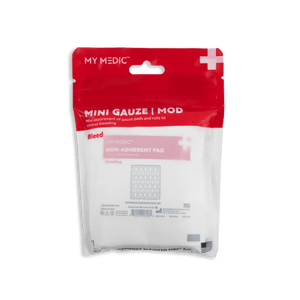 BLEED
BLEED
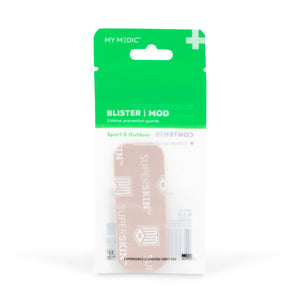 OUTDOOR
OUTDOOR
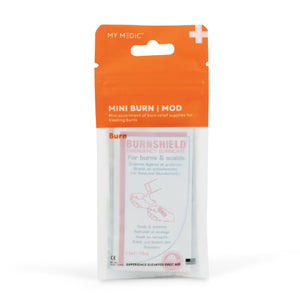 BURN
BURN
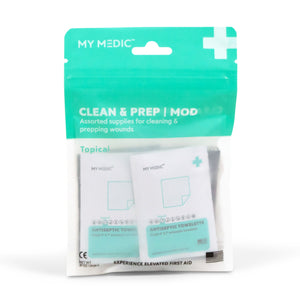 TOPICAL
TOPICAL
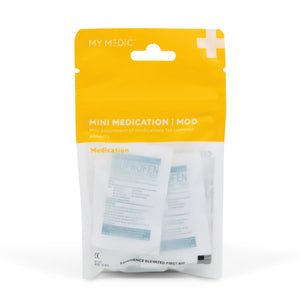 MEDICATION
MEDICATION
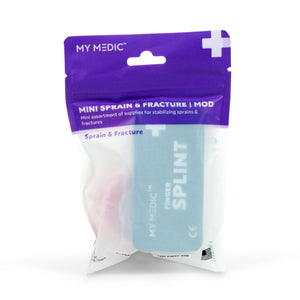 SPRAIN & FRACTURE
SPRAIN & FRACTURE
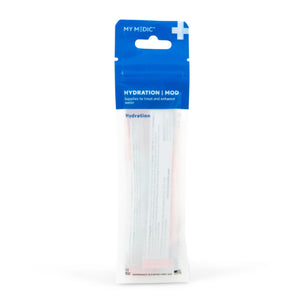 HYDRATION
HYDRATION
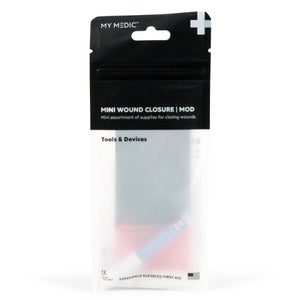 TOOLS & DEVICES
TOOLS & DEVICES
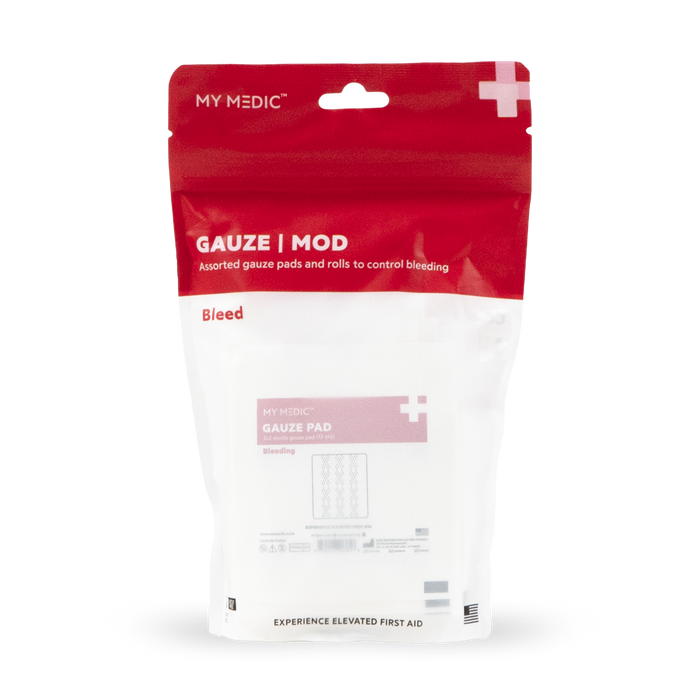
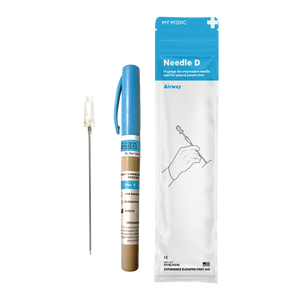 Supply Categories
Supply Categories
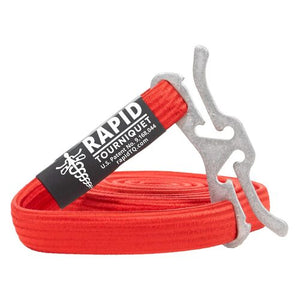 Top Sellers
Top Sellers
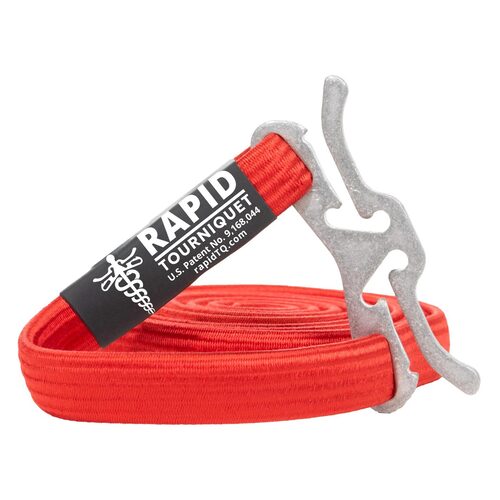






Leave a comment